Physios spend their days helping others manage sore backs, but how do they protect their own? In this piece, Matt lifts the lid on the daily habits that keep his spine in check.

Working at The Alignment Studio, Matt Chisari is a Melbourne-based physiotherapist with expertise in musculoskeletal rehabilitation and postural dysfunction. With experience in both private practice and NDIS settings, Matt combines evidence-based treatment with a focus on long-term wellbeing. He’s passionate about educating people on the everyday habits that can bring about lasting improvements in physical health.
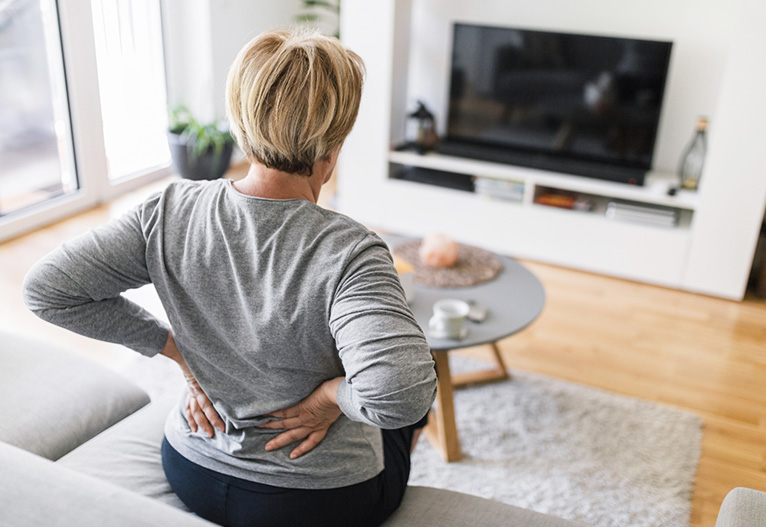
As a physio, back pain is one of the most common complaints I see.
Thankfully, much of it is avoidable with the right combination of regular movement, good posture and lifestyle tweaks – and I make sure I practice what I preach.
Whether I’m feeling good, noticing some tightness or the occasional twinge, here are the five things I always do to avoid back pain.
Get up and move every 30 minutes
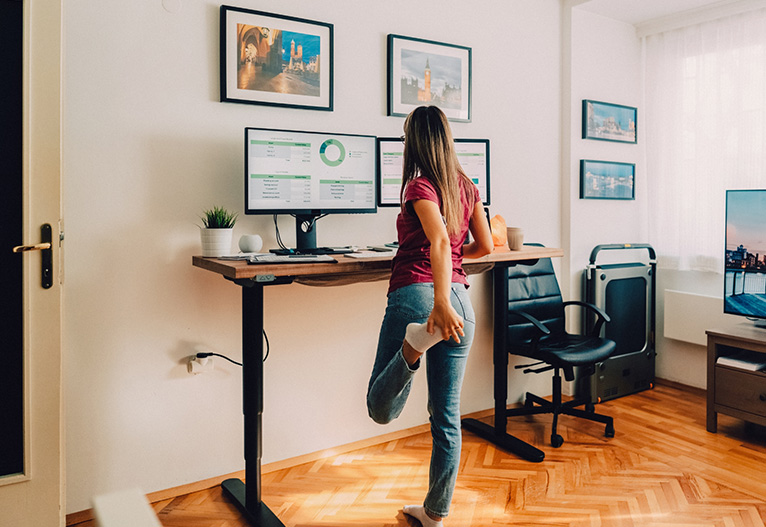
So many of the issues we see in the clinic are caused or exacerbated by a sedentary lifestyle. Our bodies are designed to move, and long hours spent sitting at a desk can have myriad musculoskeletal consequences – from lower back pain to stiffness in the thoracic spine, tight hip flexors, neck pain and tension headaches, particularly if your posture is poor.
Prolonged sitting can also contribute to serious health conditions such as obesity, type 2 diabetes and cardiovascular disease. So, I make sure to get up and move about at least every thirty minutes. It’s a simple back pain prevention step that is so often overlooked!
Set a reminder if you tend to forget. Your spine will thank you, and you’ll come back to your task with fresh focus. A sit-stand desk is also an excellent investment.
Practice Pilates to strengthen my core
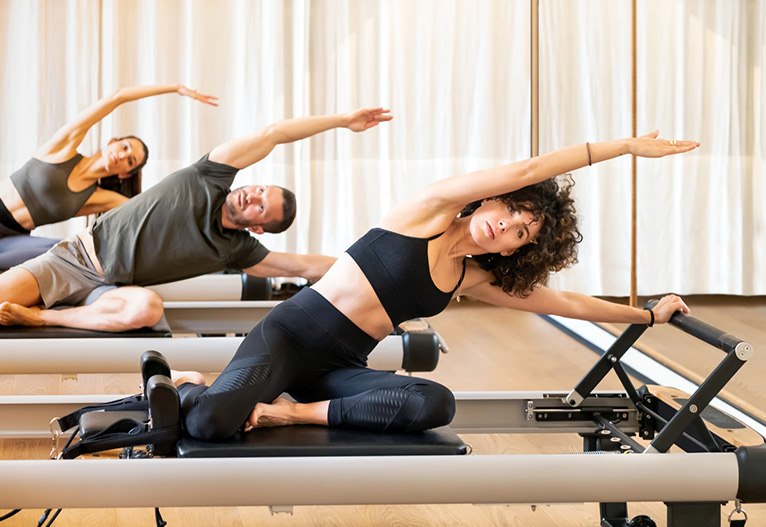
Physios love Pilates for both injury prevention and rehabilitation – and I’m no different. It’s an incredible practice for improving mobility, flexibility, postural awareness and strength. But when it comes to back pain, the major benefit lies in strengthening your core.
This doesn’t mean you’ll get flatter abs (although you might) – but it does mean targeting all the deep core muscles that support your spine.
A lot of lower back pain comes from having weak core muscles, so Pilates is an amazing tool for keeping your back mobile and pain-free. I do Reformer Pilates two to three times a week, and I always feel the benefits.
If you have a pre-existing musculoskeletal condition like arthritis or chronic back pain, I can’t recommend Clinical Pilates (with a physio) highly enough.
Stay active – even with a backache
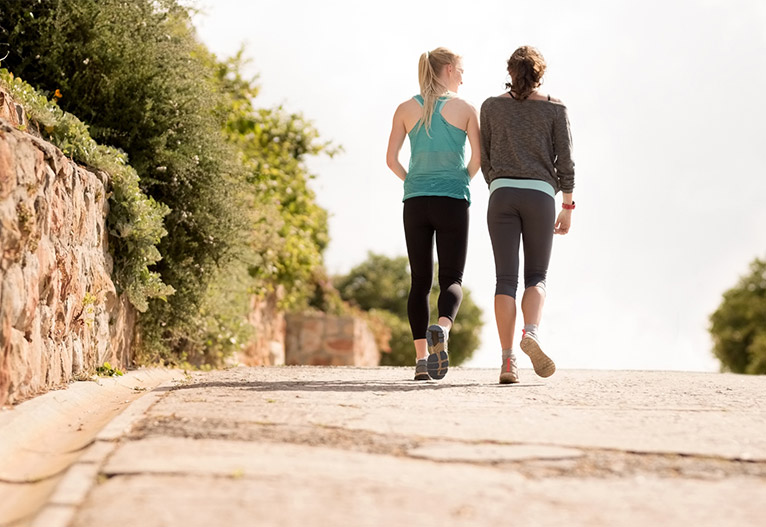
When you have back pain, it can seem like the logical solution to avoid exercise. However, inactivity often makes things worse.
Movement is crucial for maintaining mobility and strength while reducing stiffness. Plus, it can accelerate healing and alleviate pain by enhancing blood flow – hence the expression, “motion is lotion.”
If my back is playing up, I’ll swap the high-intensity workouts for gentle exercise like walking, swimming, yoga or Pilates. When I listen to my body, it always tells me what I need.
Ensure my form is correct at the gym
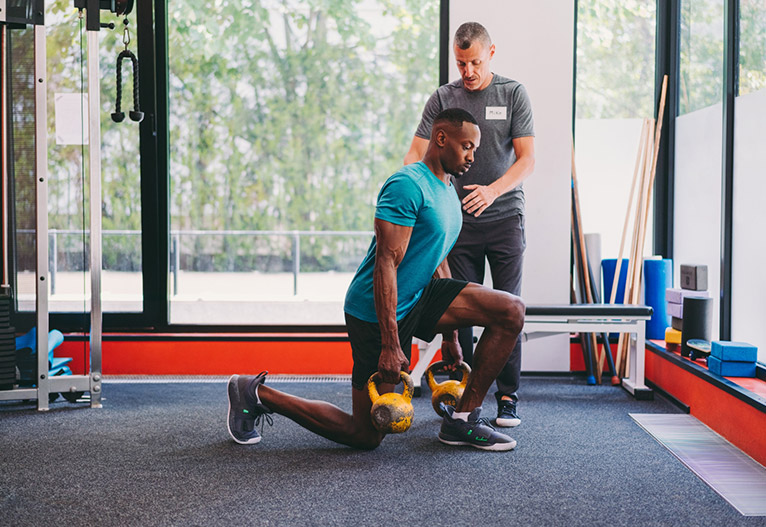
The gym can be a professional nightmare for a physio, as you watch some of the incorrect (and oftentimes dangerous) lifting techniques going on around you.
Lifting with the wrong technique is a back injury waiting to happen, so I am pedantic about using correct form when strength training, even if it means less weight or fewer reps.
An injury just isn’t worth it, and the correct technique and posture will ensure you’re engaging the right muscles and supporting the surrounding structures. You’ll also enjoy greater gains.
Stretch!
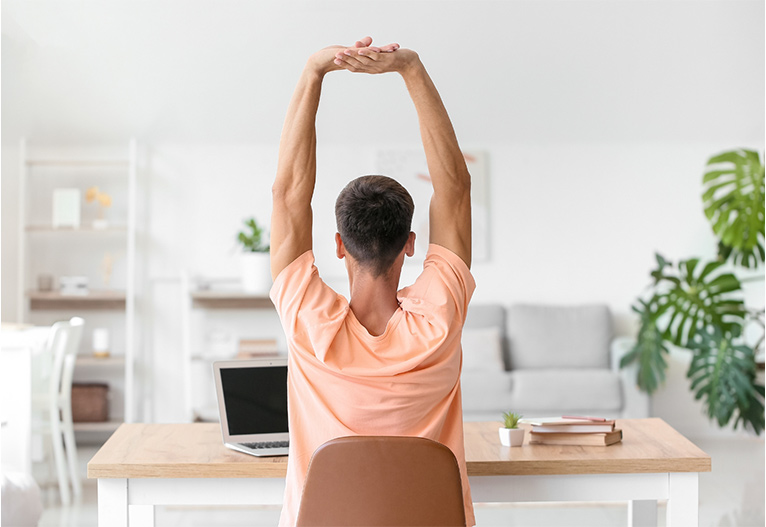
Like all physios, I’m passionate about prescribing stretches – but I don’t just nag, I do them too!
As well as always stretching after a run or workout, I also make sure I stretch regularly throughout the day, especially if I’m at my desk for long periods.
I’ll usually do a few quick standing stretches when I have breaks in between clients, and add in some seated neck, shoulder and upper back stretches when doing computer work.
For spinal mobility, I love cat-cow, book openers and child’s pose stretches, and I’ll try to do these once or twice a day. I also try to squeeze in a supine spinal twist and hip flexor stretches (as tight hip flexors often cause lower back pain).
Do you suffer from back pain? What are your go-to methods for prevention?




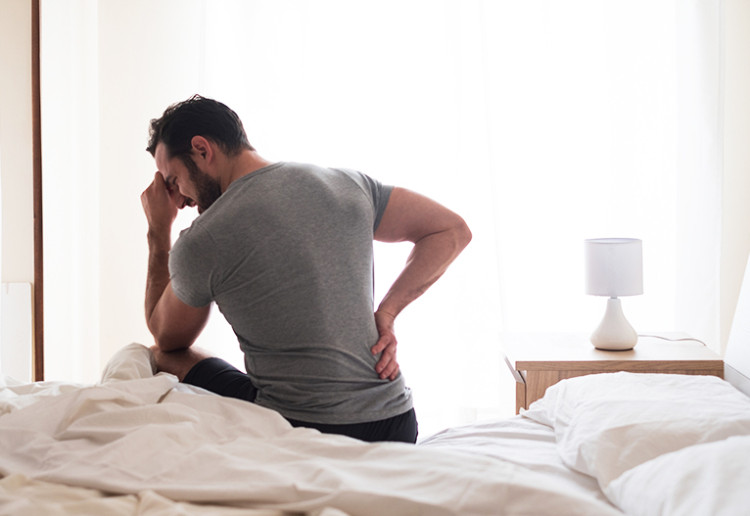
-

-
-
BH516504, VIC
- 04 Dec 2025
👍
0 Likes
-

-
-
BH516706, NSW
- 30 Nov 2025
👍
0 Likes
-

-
-
BH516846, NSW
- 21 Nov 2025
👍
0 Likes
-

-
-
ChiWren, QLD
- 26 Oct 2025
👍
0 Likes
-

-
-
BH516382, QLD
- 15 Oct 2025
👍
0 Likes
-

-
-
BH516846, NSW
- 13 Oct 2025
👍
0 Likes
-

-
-
Kindness, NSW
- 08 Oct 2025
👍
0 Likes
-

-
-
JH1981, WA
- 29 Sep 2025
👍
0 Likes
-

-
-
sars_angelchik, TAS
- 19 Sep 2025
👍
0 Likes
-

-
-
ChiWren, QLD
- 13 Sep 2025
👍
0 Likes
-

-
-
BH517760, NSW
- 12 Sep 2025
👍
0 Likes
-

-
-
JH1981, WA
- 05 Sep 2025
👍
0 Likes
-

-
-
BH518263, NSW
- 04 Sep 2025
👍
0 Likes
-

-
-
BH516504, VIC
- 03 Sep 2025
👍
0 Likes
Post a commentTo post a review/comment please join us or login so we can allocate your points.